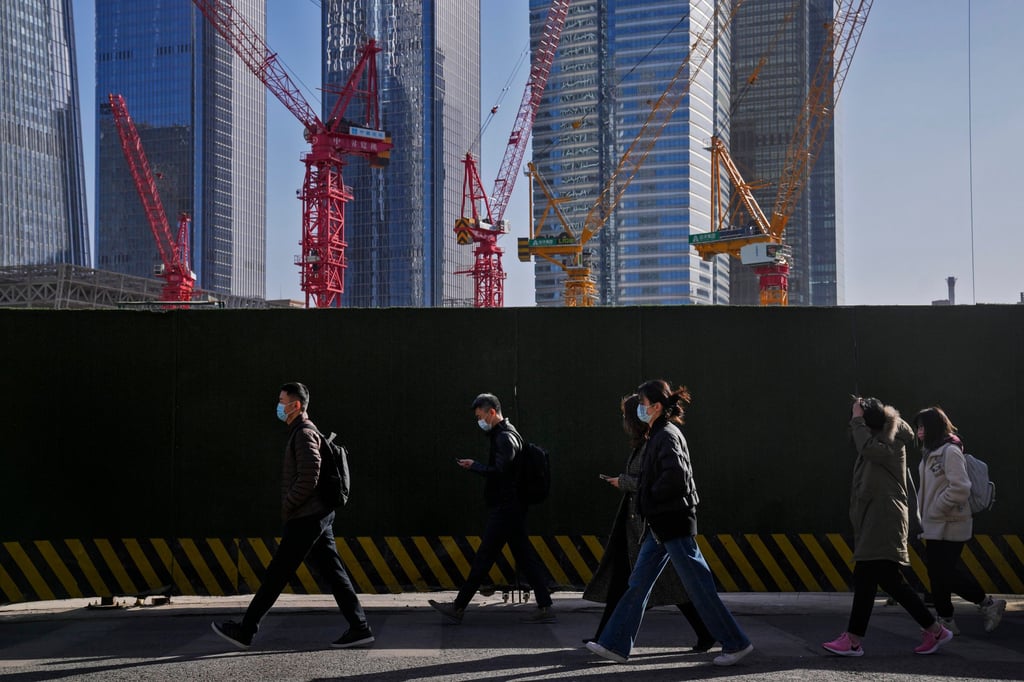Macroscope | Why the case for Asia to roar back to growth is stronger than ever
- Compared to the US and Europe, Asia has lower inflation and interest rates, much improved financial systems, and solid domestic consumption and export demand

Coming into 2023, I believed Asia’s economy was poised to grow faster than most, arguing that the region will start to build up a meaningful growth differential over developed market economies.
If anything, recent developments have made the case for Asia’s growth outperformance even more compelling. For starters, the funding challenges in the developed world emerged because central banks – to combat inflation – raised interest rates aggressively.
Rates have risen by 4.75 percentage points in the US and 3.5 percentage points in Europe in this cycle. Both tightening cycles are the sharpest and fastest in recent times. In contrast, as Asia’s inflation is running at half the pace in developed markets, aggregate policy rates have risen by just 1 percentage point.
Another important distinguishing factor has to do with the set-up of the banking sector. In Asia, liquidity coverage ratios are well above 100 per cent, loans tend to be more floating rather than fixed, and deposit franchises are more diversified. The upshot of this is that while lending standards look set to tighten in developed markets and ultimately weigh on growth, it should be clear that Asia does not face similar challenges.
The relative health of the financial system is not the only reason I think Asia can still outperform. The large economies in Asia, namely China, Japan, India and Indonesia, all have economy-specific factors that are supportive of domestic demand and hence shelter them somewhat from the potential negative spillovers from weaker growth in developed markets.

.jpg?itok=VlLKAuJy&v=1680683375)